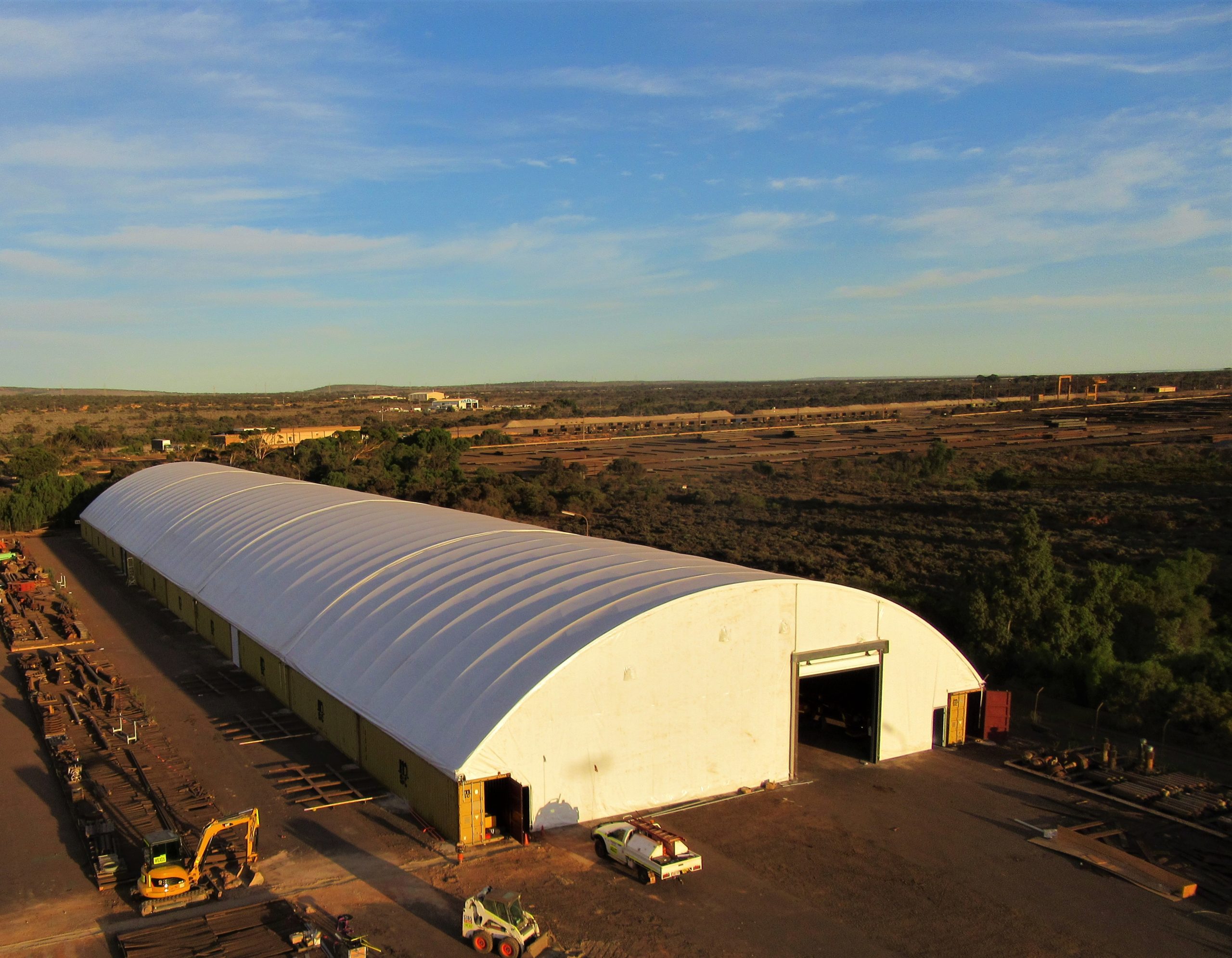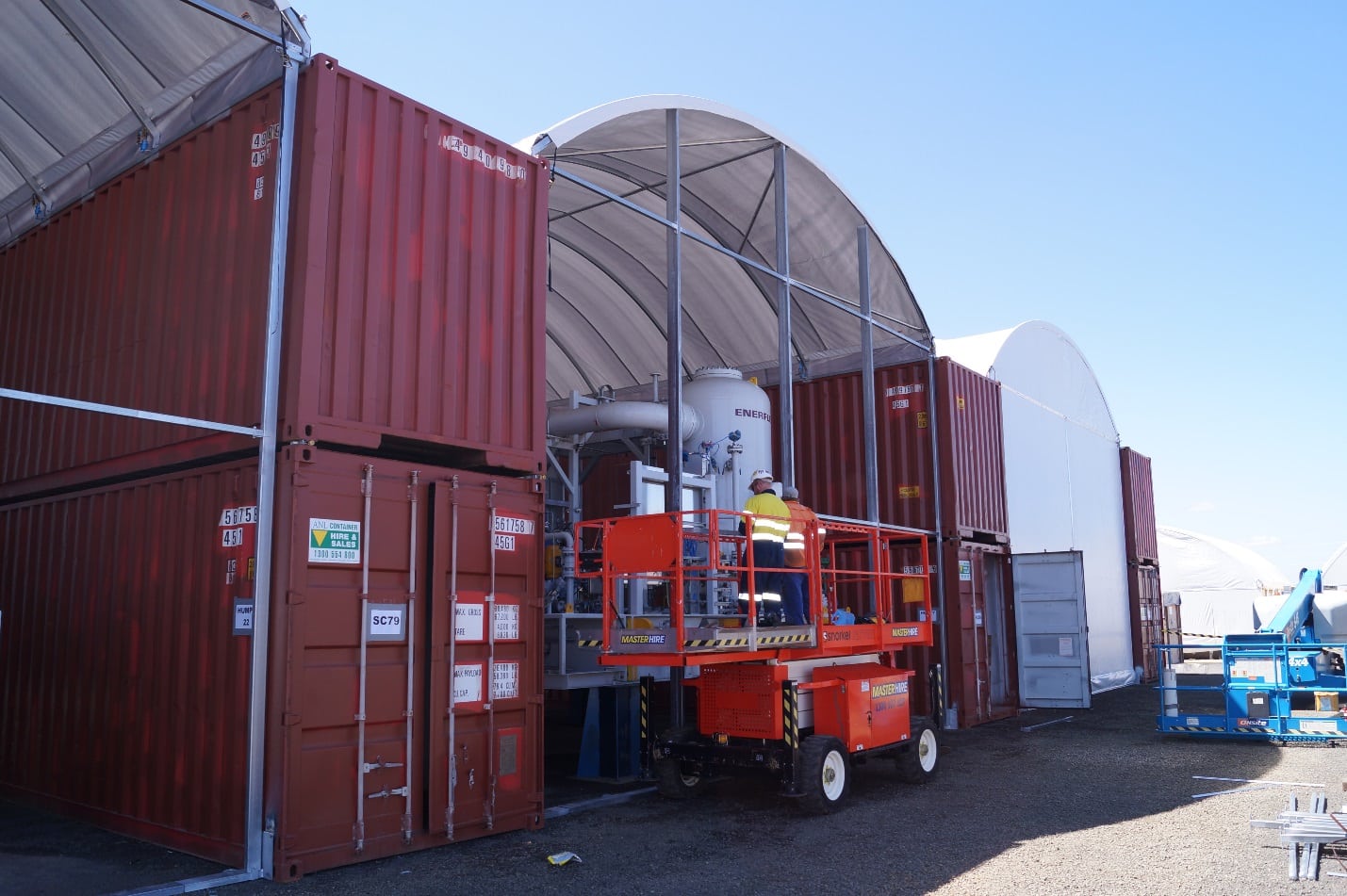Do Container Domes Require Council Approval?
- May 27, 2025
- Posted by: Container Domes
- Category: Blog

A common question we receive from customers about our container domes is: Do you need council approval for a relocatable building like this? It’s a vital aspect to clarify in early planning stages. We’ve seen many mining, commercial and civil clients navigate this and have put together this guide for you.
Do You Need Council Approval for a Portable Building?
In most cases, relocatable structures like container domes don’t require council approval, especially if they’re temporary or under certain size thresholds. For structures on commercial properties, fewer permits tend to be needed.
Requirements vary between different local councils across Australia. Some councils consider container domes as exempt developments, while others may require a development application. It’s essential to check with your specific local council before proceeding with your purchase and installation.
What We’ve Seen Around Australia
Having installed container domes all over the country, we’ve noticed critical differences in how councils handle these structures. For instance, on the Sunshine Coast in Queensland, a development building work permit is required for the construction of most new garages, carports, and sheds, as well as for the “erection of temporary buildings and structures”, regardless of sitting on residential, commercial, or industrial-zoned land.
However, if you build a shed that’s classed as a “10a non-habitable building”, in some circumstances it won’t need a building work approval, usually if it doesn’t exceed 10 square metres in area, doesn’t have any sides longer than 5 metres in length, and doesn’t exceed more than 2.4 metres in height, amongst other criteria.
In Newcastle, New South Wales, building a shade structure that meets certain criteria may mean you don’t need council approval, as it can be deemed to fall under “exempt development”. In residential zones, these sheds generally can’t exceed 20 square metres in size, while in rural-deemed areas, the limit usually expands to up to 50 square metres. Heights can’t reach more than 3 metres, and the sheds must be a certain distance from property boundaries (typically 900mm or more, depending on the property zoning).
Things significantly vary from council to council, with some not requiring building permission if your shed is under a certain size, and others concentrating more on whether you’re adding a temporary structure or not. It’s vital to check with your local council to learn exactly what their rules say and what you need to do to proceed.
Whatever the council requirements for your area, remember that, while we’re unable to handle the council approval process for you. We are happy to provide you with the relevant engineering drawings and any other technical information related to your shelter that you might need. This paperwork should aid any application you submit so it gets approved with no or few problems.

Getting Council Approval the First Time
If you discover that you do need to get approval from your local council, here’s what works best:
- Carefully prepare all your paperwork, especially the engineering certificates, which we will provide for you
- Draw up where exactly the container dome is going on your property so those who read your application won’t be confused
- Be upfront about what you’re using the shed for
- Highlight the safety features of your chosen shelter
- Don’t leave your submission till the last minute, because councils can often take weeks or even months to provide approvals
We had a farmer in Queensland who needed a large dome installed on-site for his equipment. The council wanted specific engineering details about wind loading, since cyclones have been a key issue. We provided our client with the right documents, and he got approval more quickly as a result.
How We Can Help You
We’ve been manufacturing container domes since 2014, and being based locally in Queensland means we understand the Australian conditions and regulations inside out. Our shelters aren’t just ISO certified and Australian made — they’re built specifically for our harsh conditions, which makes them highly likely to pass any council requirements.
As a family business, we’re not just selling you a product and disappearing. Our commitment to customer service means we are here to assist where possible. We can help you figure out what your shelter requirements are, supply relevant engineering drawings, and aid you with installing your premium shelter via our in-house installation team. If you have any questions, simply get in touch with us, as we’ve probably answered the same queries many times before.
